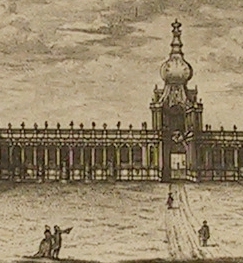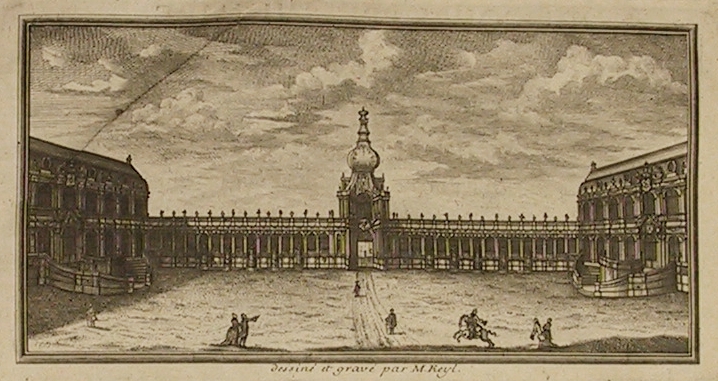“The most interesting objects”
 Two recent acquisitions enhance our strong collections in natural history, anatomy and the history of collecting. The first is a catalogue of the natural history collections at the Zwinger in Dresden, by the curator Christian Heinrich Eilenburg (1710–1771)—Description du Cabinet Roial de Dresde touchant l’histoire naturelle (Dresden, 1755). The second, a copy of the first catalogue of the Anatomical Theatre in Berlin, by August Schaarschmidt (1720–1791).
Two recent acquisitions enhance our strong collections in natural history, anatomy and the history of collecting. The first is a catalogue of the natural history collections at the Zwinger in Dresden, by the curator Christian Heinrich Eilenburg (1710–1771)—Description du Cabinet Roial de Dresde touchant l’histoire naturelle (Dresden, 1755). The second, a copy of the first catalogue of the Anatomical Theatre in Berlin, by August Schaarschmidt (1720–1791).
The Zwinger was commissioned by Augustus the Strong, elector of Saxony, and was constructed over a period of several years from 1710. Separate galleries were built for the natural history collections, distinguishing them from the other collections, which included prints, the royal library, a cabinet of artificial curiosities, and a collection of mathematical and physical instruments. There were galleries for minerals, fossils, plants, anatomical specimens, animals, shells, coral and marine plants, and amber—as well as a grotto, and models of the Temple of Solomon and the Tabernacle constructed by Gerhard Schott of Hamburg (1641–1702). The natural history collections are now part of the Senckenberg Natural History Collections of Dresden.
In the preface, the author expresses his hope that his guide will enable natural history enthusiasts to plan their visit to the collection and make it easy for them to find “les objets les plus intéressants”. There are two engraved headpieces, depicting elevations of the Zwinger, and two engraved plans showing the arrangement of the collections. A German-language edition was also issued.
Our second purchase is a copy of the first catalogue of the Anatomical Theatre in Berlin—Verzeichniss der Merkwürdigkeiten, welche bei dem Anatomischen Theater zu Berlin befindlich sind (Berlin, 1750). Schaarschmidt’s catalogue is bound with a work on bone diseases edited by him—Kurzer Unterricht von den Krankheiten der Knochen (Berlin, 1749).
Schaarschmidt, curator of the collection, was a physician at the Charité and on the last page of the book offers private tuition at his house for those interested in the structure of bones. As well as anatomical specimens, the collection includes stuffed animals and a skeleton held together with wires, capable of being articulated into any position. A list of scientific instruments is also given, and details of anatomical lectures scheduled for 1750.

